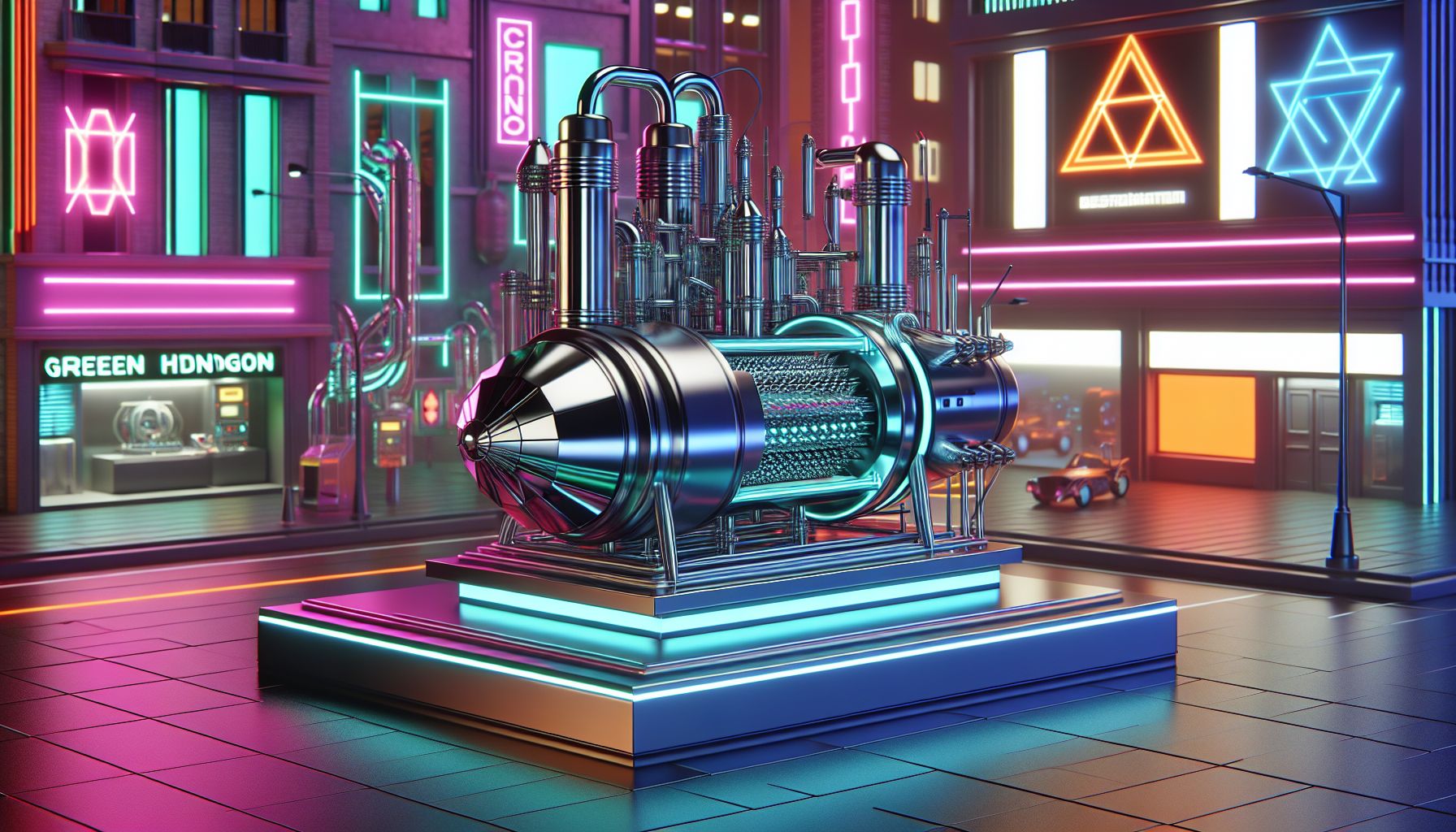Revolutionary Catalyst Slashes Green Hydrogen Production Costs

London, Thursday, 20 February 2025.
A new catalyst using ultra-low iridium significantly slashes the costs of green hydrogen production, potentially making sustainable energy cheaper than traditional options.
Breakthrough Partnership
I’m excited to share that Smoltek Hydrogen and Heraeus Precious Metals have just announced a game-changing collaboration [1][2]. Their partnership, revealed on February 17, 2025, focuses on developing ultra-efficient catalyst solutions for PEM electrolysers [2]. What makes this particularly interesting is Smoltek’s achievement in reducing iridium loading to just 0.1 mg/cm² in PEM electrolysers [3], a remarkable feat in our journey toward affordable green hydrogen.
Technical Innovation
The collaboration combines two cutting-edge technologies: Smoltek’s ultra-low iridium nanostructure technology and Heraeus’ specialized ruthenium-iridium catalyst [3]. I find it fascinating how they’re using porous transport electrodes (PTEs) that serve multiple functions - carrying water, hydrogen, and oxygen while also acting as both electrode and catalytic carrier [3]. This clever design significantly reduces the need for precious metals, particularly the scarce iridium [1].
Market Impact and Future Prospects
The timing couldn’t be better for this breakthrough. With current market prices showing platinum at $993.2/ozt and palladium at $1004.5/ozt [5], the need for reducing precious metal usage is critical. Looking ahead, we’re seeing real-world applications taking shape - like Accelera by Cummins’ planned 100 MW PEM electrolyser system for bp’s green hydrogen project, which aims to produce 11,000 tonnes of green hydrogen annually by 2027 [2]. This technological advancement is particularly crucial as the hydrogen industry expands, with over 1,000 hydrogen refueling stations now operational worldwide [2].
Research Continuation
The momentum in this field continues to grow. Right now, the Helmholtz Institute Erlangen-Nürnberg is actively recruiting researchers to further develop low-iridium anodic catalysts [6], showing how this breakthrough is spurring additional research and development. I’m particularly optimistic about the potential for even more efficient catalysts as these research efforts progress.